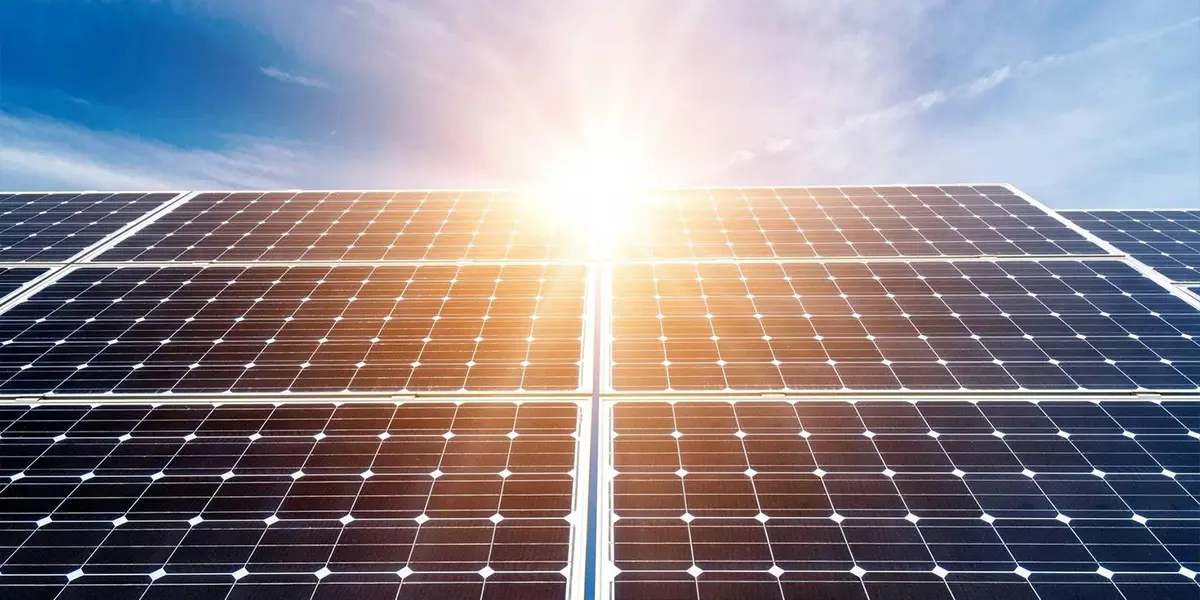
Solar technology is rapidly evolving, offering new hope for clean energy. Scientists are proposing innovations in solar photovoltaic (PV). A team of global researchers emphasizes improving large-scale PV deployment using emerging technologies. They aim to boost solar panel installation for large-scale use. Currently, solar power generates only 5% to 6% of global electricity. However, production capacity has passed the 1 terawatt mark (1,000 GW). This growth proves that solar energy technology alone holds massive potential. Moreover, increasing efficiency in solar panels for homes could help reduce electricity bills by reducing reliance on the grid.
Small Advances in Solar Technology Make a Big Impact
Research says that even small efficiency improvements can create many benefits. As more people adopt residential solar panels, the demand for reliable systems grows. How efficient are solar panels depends on continued innovation, which can transform how the world uses energy.
Increased PV performance strengthens the value of solar as a mainstream energy source. Many are now turning to the best solar panels to meet sustainability goals and reduce costs.
The Rise of TOPCon Technology
The new solar panel technology TOPCon has a market share of about 23 %. Somehow, it’s not as popular as PERC. But, scientists think that by the year 2025, TOPCon solar technology will be even better than PERC. TOPCon panels are expected to lead future U.S. manufacturing. Especially in the United States, people might choose TOPCon technology to manufacture new solar panels. Furthermore, solar panel companies are trying to find ways to reduce the consumption of scarce raw materials, like silver and indium. Some companies and research labs are coming up with designs for solar panels that use less indium. They’re trying to design more efficient panels by using rare materials.
Furthermore, crystalline silicon cells are the leading material in solar panel technology However, researchers are still pushing the boundaries. These materials can perform better and reduce production costs. For example, advanced TOPCon and HJT (heterojunction) cells are in development. These may combine with interdigitated back contact (IBC) structures to reach 28% efficiency, possibly by 2025. Especially in the U.S., this technology is expected to lead solar panels installation efforts. In addition, bifacial solar panels are getting popular for their ability to absorb sunlight from both sides. This enhances output and lowers system costs.
New Challenges in High-Efficiency Cells
When cells approach peak efficiency, they face an issue named material scarcity. Solar panels often rely on rare materials like silver and indium. These materials are expensive. However, researchers are working on panel designs that use less of these materials. The goal of this work is to minimize the use of indium without lowering performance.
Tandem PV Cell Technologies
The perovskite solar cell is another game-changer. Tandem solar cells overcome the efficiency limit of solar cells. By combining perovskite with silicon PV technology, scientists have developed monolithic 2-terminal perovskite cells. This has already achieved an efficiency of about 33.7%.
Cadmium Telluride and CIGS
Almost 25% of the solar panels used by power companies are from cadmium telluride (CdTe) PV technologies. It makes up only 5% of the worldwide market. The First Solar arsenic-doped solar cells have an efficiency of about 22.3%. Tandem cells using CIGS can be made by combining them with other materials. These combinations include different types of alloys like CdTe, silicon (Si), or even other versions of CIGS that have varying characteristics. This flexibility shows that CIGS technology has the potential to improve solar cell efficiency.
Multi-Junction III-V Cells
According to the U.S. Department of Energy, multi-junction III-V solar cells are special cells that can achieve an efficiency rate of more than 45%. These cells are particularly useful for generating power in space and could play a big role in space-based power generation.
To conclude, the future of solar technology holds great promise for addressing our energy and environmental challenges. Researchers are diligently working to improve the efficiency, reliability, and sustainability of photovoltaic cells. Whether it’s for homes, businesses, or space, the latest advances ensure that solar panels for home, residential solar panels, and even bifacial solar panels are smarter and more efficient than ever before.
News Source: PV Magazine
